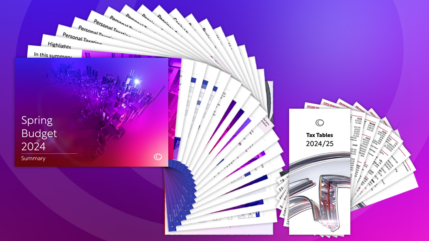“Never confuse a single defeat with a final defeat”
F. Scott Fitzgerald (1896 – 1940)
Employers that went through staging in 2013 will soon be celebrating their three year staging anniversary, if they have not done so already. On your 3rd wedding anniversary it is traditional to receive a gift of leather but for this milestone, employers can expect to receive the gift of ‘automatic re-enrolment’.
What is automatic re-enrolment?
Automatic re-enrolment is designed to place any eligible jobholders who are not in the pension scheme (because they previously opted-out) back into the scheme. Since it is the employer’s responsibility to ensure this process is completed every three years, it is important to understand what is expected of you by both HM Revenue & Customs (HMRC) and The Pensions Regulator (TPR).
Why is automatic re-enrolment necessary?
If you find yourself asking, “What is the purpose of re-enrolling employees to a scheme that they have previously opted out of?” I can assure you that there is good reason. If I had to sum it up in a word, it would be “nudging”;
- Nudging employees to join the scheme in order that they benefit from employer contributions and government tax relief
- Nudging employees to think about their retirement and plan for it in good time
- Nudging the employer to start conversations about pensions with their workforce on a regular basis
By communicating proactively with your employees you can help them understand the benefits of pension entitlement and reduce the risk that they might lose sight of it in the future.
Can employees still opt-out?
Yes. Just like the automatic enrolment (AE) process, an eligible jobholder has a 30 day window from the re-enrolment date to opt-out. If they do nothing they will automatically become a member of the scheme. Re-enrolment just offers these employees an opportunity to re-think their original decision…perhaps their circumstances have changed.
Re-enrolment date? The decision is yours…
You’ll be glad to know you have some control over this re-enrolment process in that you get to select your own automatic re-enrolment date (within certain guidelines of course). The date you choose must be between three months before your 3rd anniversary staging date and three months after. For example:

Choosing your ideal re-enrolment date is an important decision. Aligning this date with other important business and payroll dates is essential for smooth administration.
Anything else to be aware of?
The Pensions Regulator gives clear instructions that written communication must be sent to any eligible employees within six weeks of the re-enrolment date, to explain how automatic re-enrolment applies to them. A re-declaration of compliance must also be completed within five months of the re-enrolment date and failure to do so may result in fines/prosecution.
Automatic re-enrolment is still in its infancy as only the very largest employers have gone through their first cyclical re-enrolment so far. With only seven months under its belt there is little feedback available on how the process is faring thus far and whether The Pensions Regulator has issued any fines for non-compliance. AE is a complex area and we recommend informed guidance to ensure that you are meeting your legal obligations efficiently. For more information, any advice or to discuss an existing scheme that your business may already have in place, our Corporate Team can help. Call Courtiers for assistance or click here to arrange a meeting.













